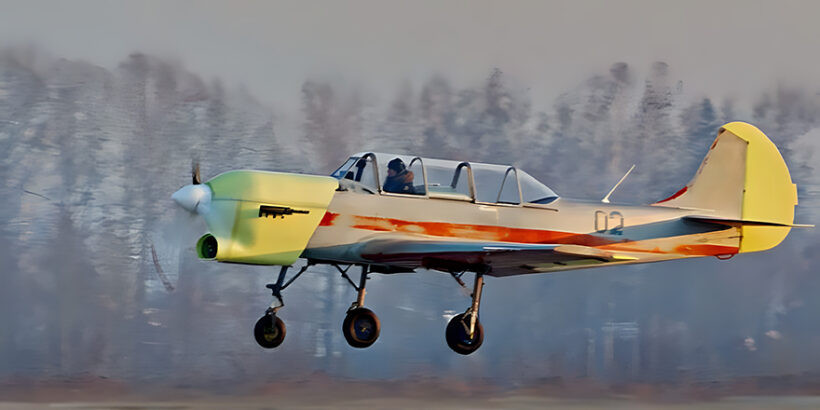The Central Institute of Aviation Engine Building named after P.I. Baranov (CIAM) held an extended meeting of the Scientific and Technical Council, where the results of the third stage of the research work “Circach” were presented. The project is aimed at improving aircraft piston engine systems (APD) for light aircraft of the acrobatic category.
The final stage of the Circach project included the finalisation and testing of the engine demonstrator as part of the aircraft, as well as the development of the terms of reference for experimental design work. Within the framework of the project, CIAM co-operated with S.A. Chaplygin SibNIA FAU and NAMI FSUE.
TsIAM analysed the results of the APD-A engine tests and on its basis carried out modification and assembly of the APD-A-V2 engine-demonstrator. The engine has a power of up to 478 kW (650 hp), it with an air propeller with a diameter of up to 2.6 m and a mulinette* was tested on the stand for research of aircraft engines and power plants of aircraft with simulation of acrobatic application. Ground and flight development and tests of the ADF-A-V2 as part of the Yak-52 flying laboratory were performed at the SibNIA base in Novosibirsk.
In addition, as part of the third stage of the work, the operational documentation was finalised, including the technical operation manual and maintenance schedule. A single copy of the APD-A-V2 demonstrator engine form No.001 was also drawn up. Based on the results of the works performed, the image of the advanced aviation piston engine FORA-500 was created, on the basis of which the draft technical specification for the development of APD for aircraft for various purposes was prepared, said the CIAM.
The 500 hp engine, which is being developed by CIAM, NAMI and SibNIA, is in high demand not only for light aircraft. Its appearance will make it possible to replace the German RED A03T V12 diesel engine on the Yak-152 trainer aircraft. Without the Russian propulsion system, the Yakovlev machine has no prospect of entering flying schools and colleges, DOSAAF** and aeroclubs.
*The mulinette is an air brake, rotating on the engine shaft, consumes mechanical power and spends it to overcome the force of air resistance. The speed of the mulinette determines the engine power.
** Volunteer Society for Cooperation with the Army, Aviation, and Navy



